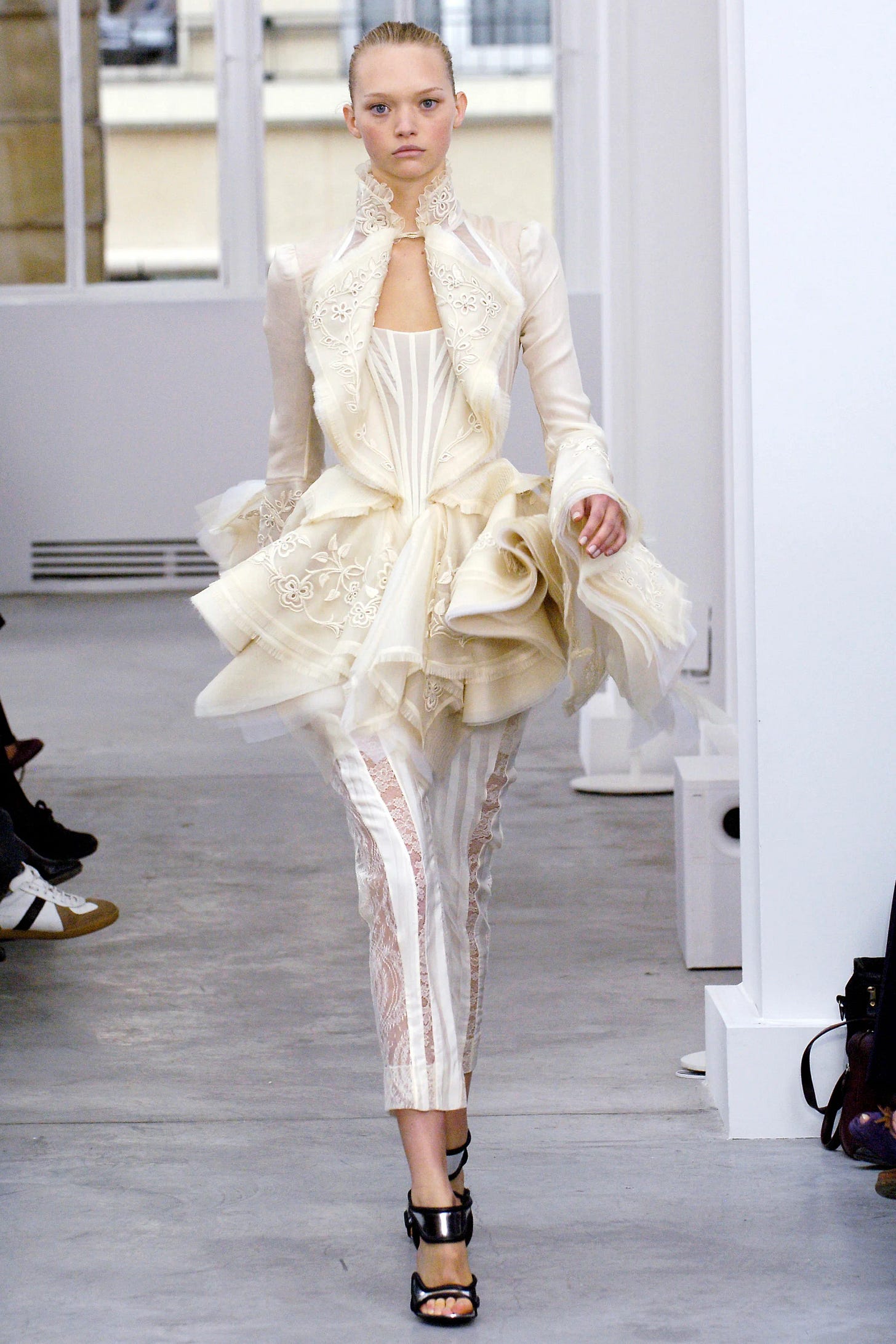Wouldn’t it be magical if Galliano ended up at Balenciaga? Rumors—or perhaps wishful thinking—suggest he could be in the running alongside Riccardo Tisci, Martine Rose, Pieter Mulier, Nicolas Di Felice, and Josep Font.
Galliano may be the longest shot, but isn’t he also the perfect one? If one is allowed to dream, then this is the dream I choose. His appointment would make him one of the few designers to have worked under LVMH, OTB, and Kering—a mythical trifecta in fashion. Despite those who still cast doubt on him for his past, I believe the industry has been far less forgiving toward him than toward others guilty of similar or worse offenses. And yet, Galliano remains—resilient, prolific, and more creatively alive than ever.
He would be a continuation, not a disruption. Cristóbal Balenciaga’s Balenciaga was the pinnacle of precision and innovation in haute couture. His designs were architectural, sculptural, and engineered with a level of craftsmanship few could match. He redefined volume, making garments feel both monastic and grandiose. His heavy fabrics seemed to float, his tailoring was immaculate, and his ability to strip garments down to their essence without losing impact made his work revolutionary. It was a house of discipline and elegance.

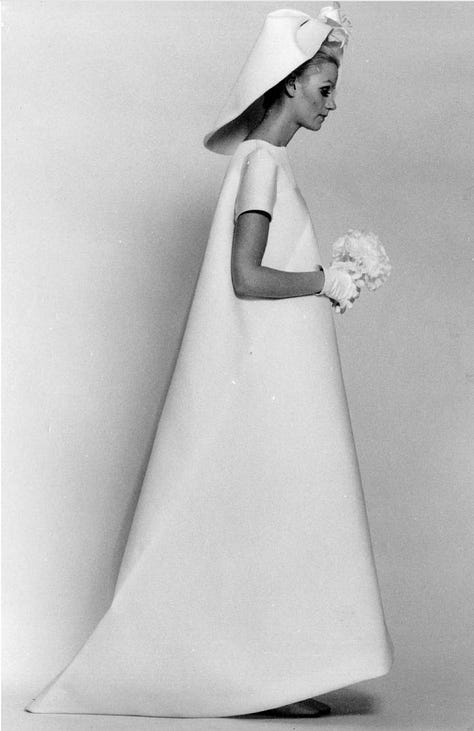
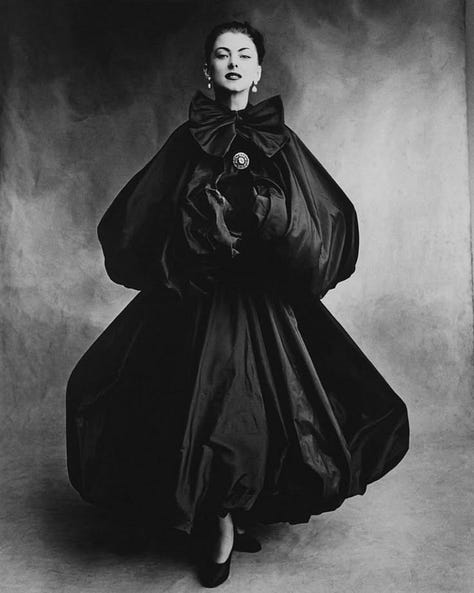
Then came Nicolas Ghesquière, who translated those codes into something futuristic, experimental, and intellectually charged. His Balenciaga was about movement, speed, and an almost sci-fi vision of femininity. He blended history with an urban, high-tech edge, mixing unexpected fabrics and silhouettes to create something entirely new. He made Balenciaga feel like a house of the future.

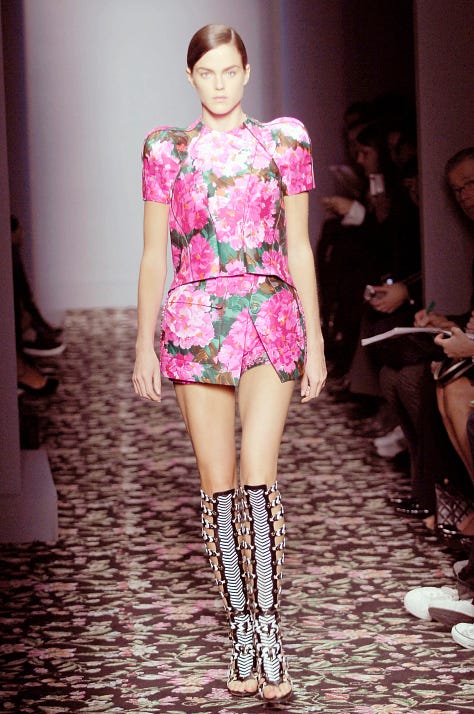
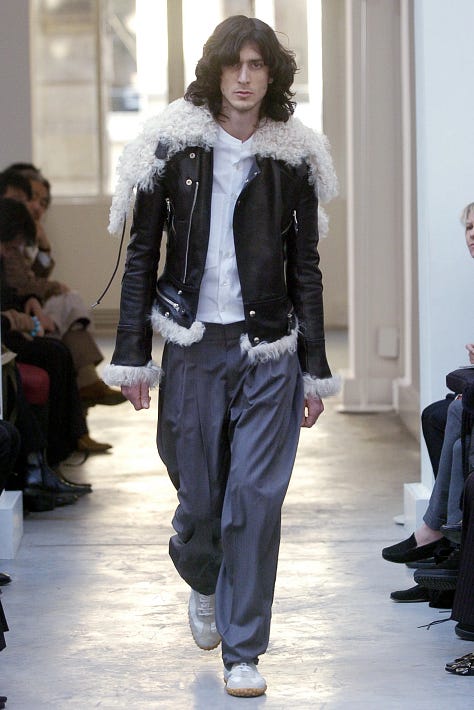
If Balenciaga were to continue Demna’s storytelling, then Martine Rose would be the natural answer. But if the story is to change, why not entrust it to a great couturier? Tisci is masterful but leans into sensuality. Rose is the natural continuation of Demna’s streetwear-infused storytelling. But Galliano? He is the bridge between history and fantasy, between sculptural couture and theatrical vision. Galliano’s romantic and sensual vision, combined with Balenciaga’s structural precision and Ghesquière’s futuristic edge, could bring forth something extraordinary. Who else could sculpt fabric into poetry? Who else could merge the grandiosity of the past with the possibilities of tomorrow?

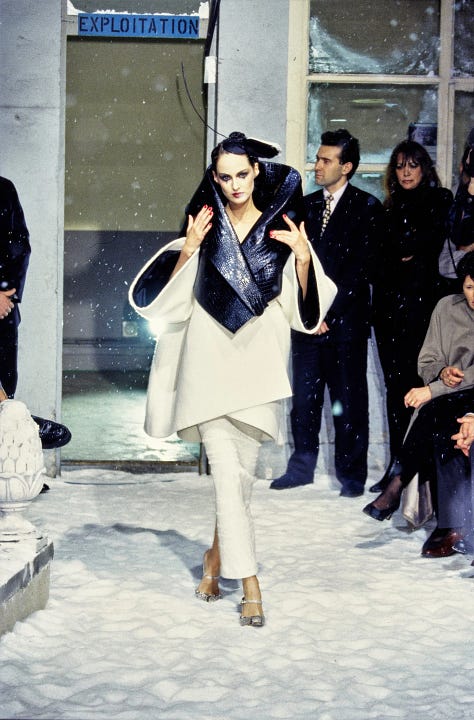
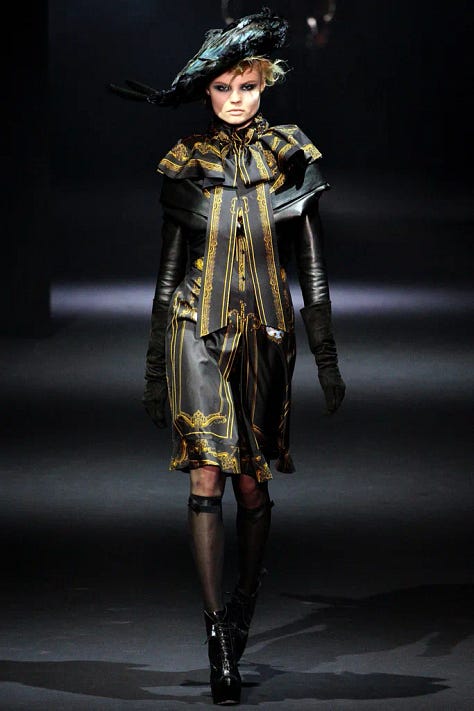
After 10 years at Maison Margiela, Galliano announced on December 11, 2024, that he would be leaving the house. Prior to that, he spent 15 years at the House of Dior, proving his commitment to long-term roles, a stark contrast to the fast turnover seen among many younger, newer creative directors. It remains unclear where he is headed next after his Margiela tenure, though reviving his namesake brand would be an extraordinary turn of events. Following his departure from Dior in 2011, Galliano lost control of his eponymous label to LVMH, and now, with his future wide open, the possibility of Galliano at Balenciaga—or a return to his own brand—seems almost inevitable for a genius couturier.
There is little to no evidence—only whispers, speculation, and desire. But perhaps this is destiny. Fashion is cyclical, and maybe fate is too. If Balenciaga is to enter a new era, why not let it be shaped by a master of reinvention, granting us the opportunity to experience such grace? This is my manifesto, my plea to the universe—my wish for this abstract dream to take shape.






